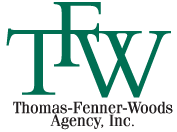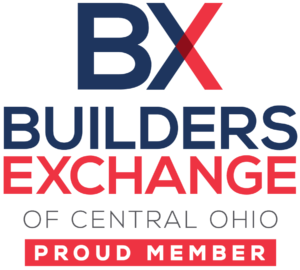Every employer knows that the most important assets to any company are its employees. The ultimate goal employers want from employees is to reach maximum productivity levels. To accomplish this, employees need to be at their best. Promoting fitness is one of the most beneficial choices any employer can make to encourage their workers to reach their full potential. Exercise supports an optimal weight, better overall health and has many other benefits. Consider the following important reasons for promoting employee fitness:
1. Fit employees are less likely to use sick days. When employees use fewer sick days, they contribute more to overall productivity. They also reduce the hassle of trying to find replacements at the last minute. Employees who exercise are much less likely to get sick than those who don’t exercise. Fit employees are also less likely to take an extended leave of absence, require surgery or quit because of health reasons.
2. Employees who are fit are more confident. Exercise gives employees the feeling that they’re doing what they’re supposed to be doing. This creates a sense of confidence, which allows them to set higher goals and strive for excellence. Since they don’t settle for less than meeting their goals, they are very successful.
3. Exercise gives employees more energy. Although many people think exercising drains energy levels, it actually creates more energy. Exercise promotes better circulation, which allows ample amounts of blood to reach the brain consistently. This makes employees more focused and alert.
4. Exercise encourages goal achievement. Fitness programs demand commitment and goal setting. Since employees are familiar with these important tasks, they’ll also carry them into the workplace. Employees who can achieve goals consistently are an asset to any company.
5. Employees who are fit make good leaders. Since they’re disciplined by nature, fit employees tend to do well at leading others. Their confidence is high, and they tend to use that to help direct others. They’re usually the first ones to jump in with a solution to a problem. Every employer knows that having a problem solver is an asset.
6. Exercise contributes to a better attitude. When people exercise, the chemical changes in their body create a better mood. People who are in a good mood make excellent employees because they are more balanced mentally.
7. Employees who exercise inspire confidence in others. Fellow employees are likely to look up to an employee who is fit. The fit employee’s discipline to follow an exercise program gives other employees the sense that they’ll always have someone to provide solutions to problems. Fit employees are also more likely to speak up when something isn’t right. If there are problems with other employees, a system or equipment, they’re not too timid to confront their supervisors.
8. Encouraging exercise is a good way to promote teamwork. Planning employee softball games, hikes or other activities is a good way to encourage fitness. However, these examples also promote teamwork. When employees can learn to work as a team outside of work, they’ll have an easier time working together as a team during business hours.
9. Fitness reduces employees’ stress levels. Exercise has the phenomenal ability to lessen the amount of stress felt from physical and emotional tensions in life. Employees who aren’t stressed are more focused, positive and happy. Their clear minds allow them to focus on work, which means they contribute to a much higher level of productivity.
10. Encouraging employee fitness shows that employers care. Many employees feel that their employers don’t appreciate them or their contributions. Employee turnover is reduced in work settings where employers show genuine concern for employees. Providing free gym memberships, employee sports leagues or other enjoyable fitness opportunities is an excellent way to say “I care about you.”





